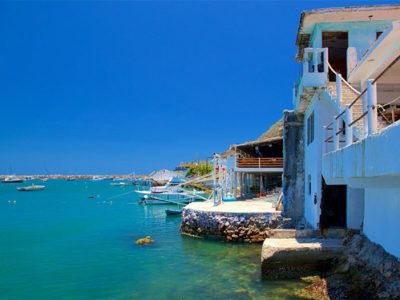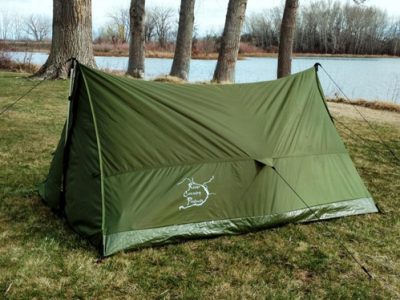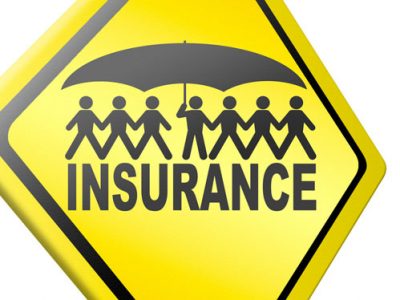All recreational anglers should act as responsible stewards of the marine environment. We value our fisheries resources and by minimizing our impacts on fish populations we help preserve, protect, and enhance these resources for future years. While we often only consider the impact of our harvest (what we bring home), the improper catching, handling, and releasing of fish cause many unintentional deaths.
The Responsible Angler uses fishing techniques that reduce these unintended injuries and deaths. A little forethought and common sense can go a long way to lessening our impacts. Below are several simple steps that anglers can take to help conserve our fishery resources. Please keep these in mind during all your fishing trips.
Use Circle Hooks, Wide Gap Hooks, and Barbless Hooks
The use of circle, wide gap and barbless hooks greatly reduces the chance of lethal wounding for released fish. We highly recommend their use for bait fishing and for inattentive/inexperienced anglers to reduce post release mortality levels. Also, consider using single hooks in lieu of trebles or doubles easier on the fish as well as the angler. If fishing with artificials, flatten the hook barb with a pair of pliers or file down the barb.
Practice Proper Release Handling
Many unintended fish deaths and injuries can be prevented by following these simple handling rules for fish you intend to release:
Be attentive and set the hook immediately to prevent the fish from swallowing the hook (setting the hook is not necessary with circle hooks).
If the hook is swallowed, do not forcefully remove it. Cut the line off as close to the mouth as possible and then release the fish.
Leave the fish in the water while removing the hook. If you need to remove the fish from the water, wet your hands or use a wet rag in order to preserve
the protective mucous layer on the outside of the fish.
Dont use the gills or eyes as a handhold. On larger fish, remember to support under the belly.
Return the fish to the water head first. Revive a fatigued fish by supporting it in a swimming position in the water and gently move it back and forth until it
can swim off.
Use knotless landing nets. Theyre less damaging to the fish and tangle hooks less. Only use gaffs on fish you intend to keep.
Use Tackle That Minimizes Unintended Harm to Fish
The use of larger hooks or baits can be used to avoid capture of small fish. DO NOT USE Yo-Yo Rigs (natural bait rigs where the bait is weighted with embedded
lead and other hardware and tackle is not attached directly to the line). Tie all tackle to the main line to prevent loss. Lost bait rigs will inevitably be consumed by other fish, birds or marine mammals, oftentimes with deadly results.
No Wanton Waste
Carefully release all fish that are unwanted, or prohibited by regulation. Even so called “nuisance species” play a valuable role in the marine ecosystem. Dont throw them into the dunes, break their backs, etc. Its wasteful and gives the sport a bad name! For trophy size fish consider a picture for the wall or a release mount vs. killing a large fish for a skin mount. Bottom line: if you kill it, eat it!
Minimize Fight Time
Reduce the fight time. The longer the fish fights, the higher the stress level for the fish, which reduces the chances for recovery. Studies have shown that a fish that is played long and hard can die from the metabolic changes that take place in its body. Those that survive can take several days to return to their normal condition. Billfishes and tunas are particularly sensitive to fight time. Increased fight time is usually associated with tackle that is too small for the job. By using appropriately sized tackle, fight times can be reduced, diminishing stress induced mortality.
Properly Dispose of Trash and Unwanted Tackle
Marine debris such as synthetic fishing lines, plastic bait bags or containers, and six pack holders can all have undesirable effects on marine life. Fish, birds, marine mammals and sea turtles can swallow and die from ingesting these inedible materials or can become entangled in this debris, leading to wounding, starvation or immediate death. Properly dispose of all trash onshore. Rememberit ends up somewhere!
Dont Hurt the Habitat
Theres an old saying in fisheries science: Fish Need Habitat! Damage to fish habitat causes damage to fish populations. Physical disturbances (for example
propeller dredging of mudflats, anchoring in eelgrass meadows, wading into active spawning beds) can cause short or long term damage to fish resources and/or their critical habitats. Think before you act can my activity damage my favorite species habitat or the habitat of the other species upon which it depends? A little care goes a long way in sensitive habitats. Remember youre just one of many people using that habitat time and time again.










